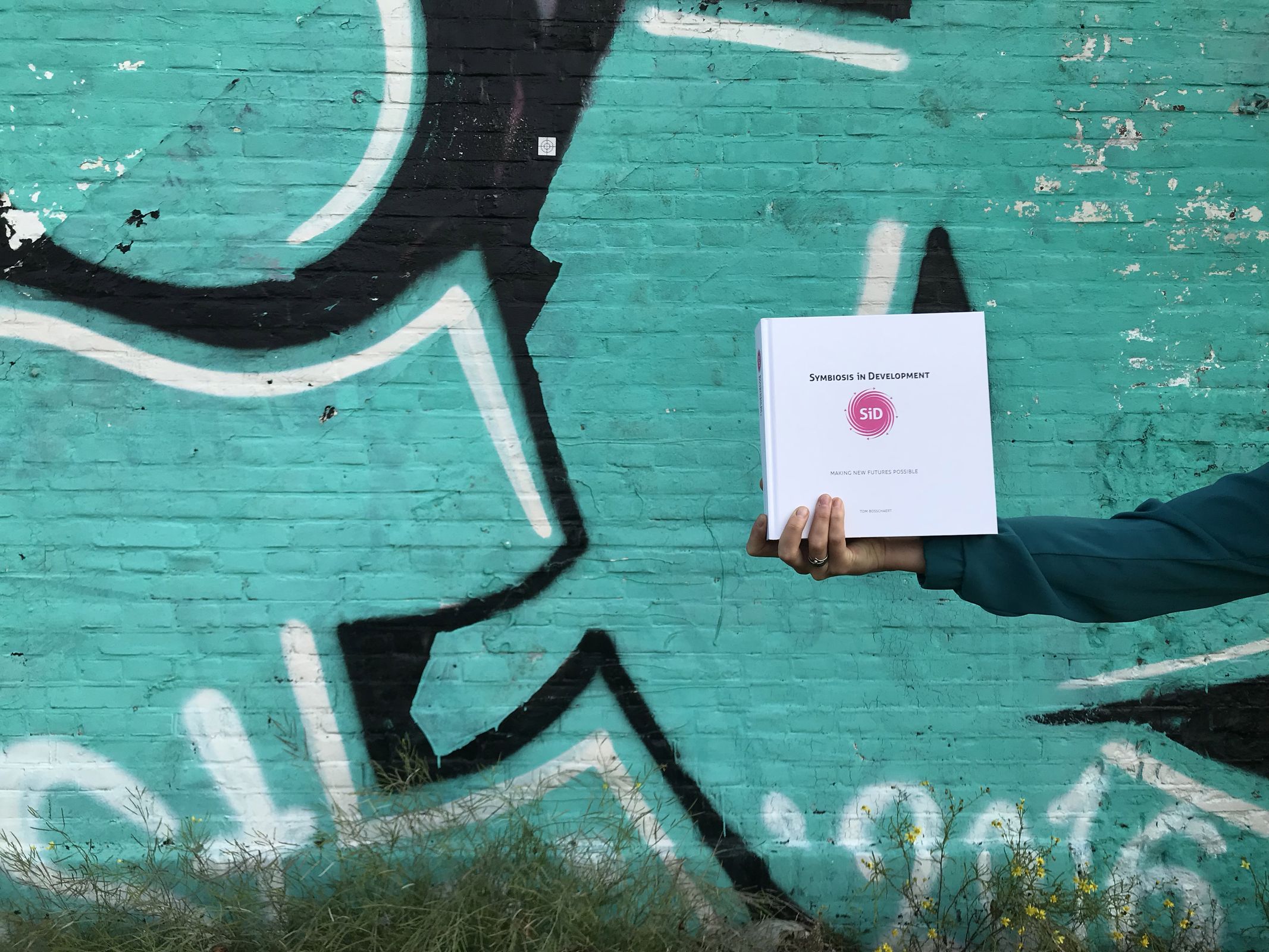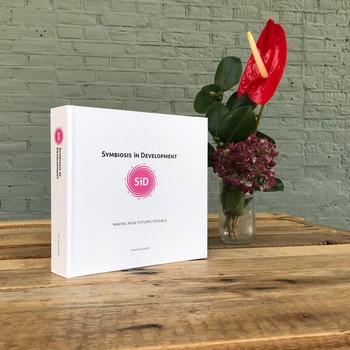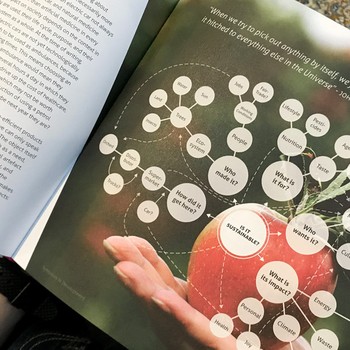Sustainability touches upon all aspects of life and society - so too does Except's work. To be able to operate in an integrated way, we developed the first fully integrated systems thinking framework for sustainability: Symbiosis in Development (SiD). In constant development since 2001, SiD has been used in hundreds of projects by a wide range of sustainability professionals around the world. It is made freely available in the form of open source by the Except Foundation.
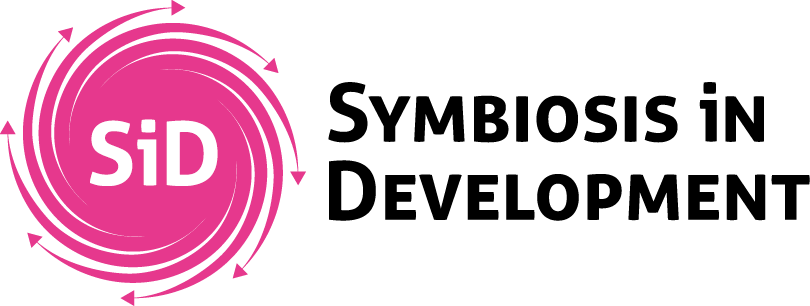
Symbiosis in Development (SiD)
Symbiosis in Development (SiD) is a systemic sustainability framework, developed by Except since 1999 with the help of dozens of experts in the field. It's a powerful, agile, and proven framework for building transformation roadmaps and solutions for organizations, developing systemic strategies and solutions, and aligning teams and processes. It helps to understand and map system dynamics, to develop innovative ideas, and laying out efficient pathways to implementing them.
The collaborative process of SiD utilizes a range of different concepts found in systems-thinking, network theory, and life cycle analysis to create holistic and multidisciplinary approaches to solve problems and develop symbiotic and sustainable solutions for almost any process or project.
SiD is an open-source systems-thinking method and framework. It helps decipher complexity and uncertainty into clear, actionable insights to improve strategic decision-making. It was designed with systemic sustainability at its core and can be applied to any complex, dynamic challenge, including policy, strategy, design, industry, and business development.
SiD's main development portal and documentation channel is the ThinkSiD.org website. This is where you can find the Symbiosis in Development omnibus book - published in 2019, it's a comprehensive reference of over two decades of work in integrated systems thinking. Additionally, we also offer in-person and online SiD workshops, video courses, and a range of different systems thinking tools.
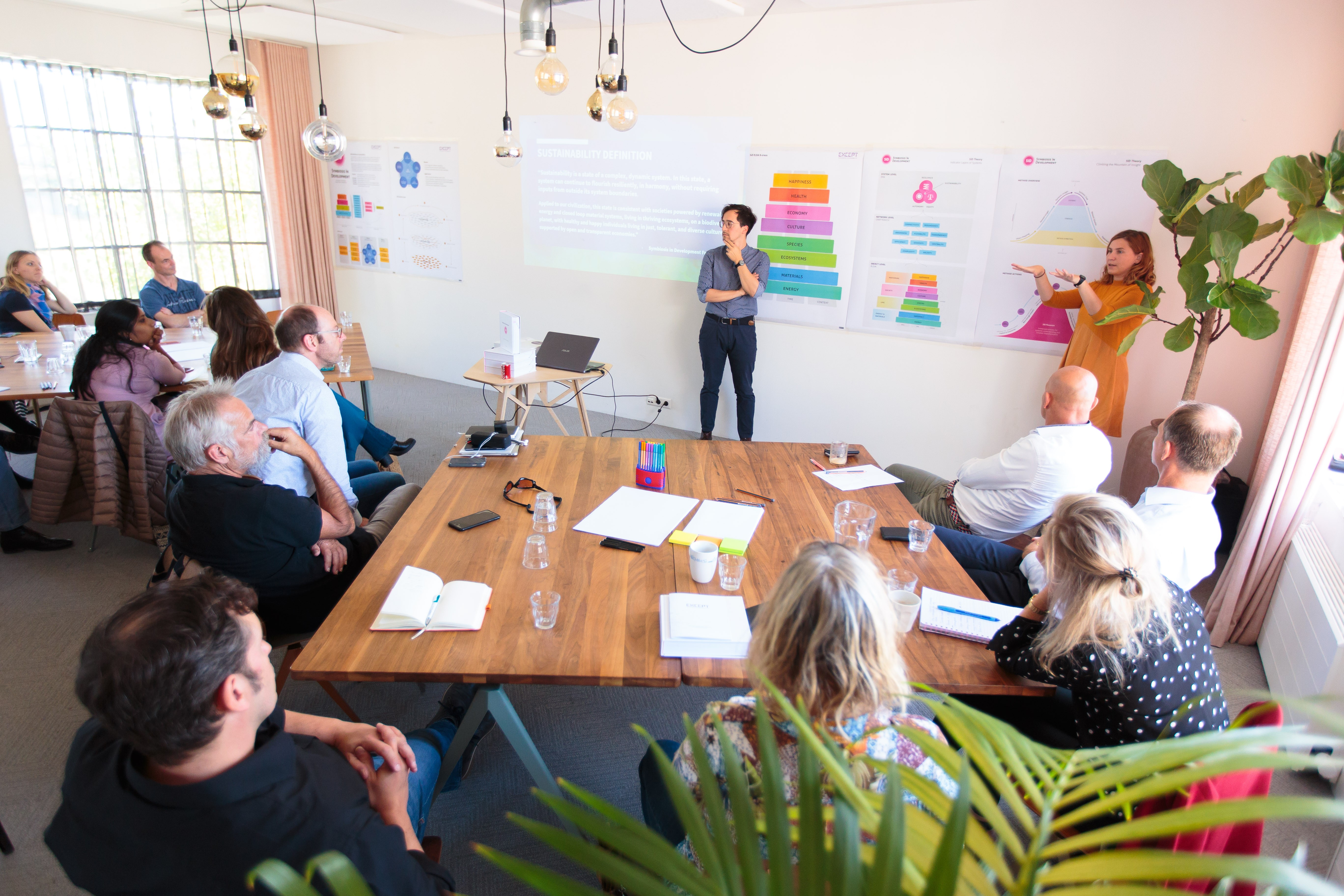
Why is systems thinking important for sustainable development?
Systems thinking is a way of understanding and analyzing the interconnectedness and interdependence of various elements within a system. This approach recognizes that small changes in one part of a system can have significant impacts on the overall system, and therefore helps to identify potential unintended consequences of actions.
In the context of sustainable development goals, systems thinking is crucial for understanding the complex relationships between different elements of sustainability, such as economic growth, social equity, and environmental protection. By taking a systems approach, it is possible to identify trade-offs and synergies between different goals, and to develop strategies that are more holistic and integrated.
For example, systems thinking can help to identify the potential negative impacts of rapid economic growth on the environment, such as increased greenhouse gas emissions and water pollution. It can also help to identify the potential benefits of investing in renewable energy and sustainable agriculture, such as increased employment opportunities and improved food security.
Overall, systems thinking is an essential tool for achieving sustainable development goals, as it allows for a more comprehensive and integrated approach to decision-making and problem-solving. It can help to identify potential challenges and opportunities, and to develop strategies that are more effective and resilient in the face of complex and dynamic challenges. SiD enables this approach in a clear and comprehensive process.

From idea to implementation
Symbiosis in Development guides projects from start to finish. It doesn’t prescribe specific solutions but guides an innovation process together with systems analysis and design thinking that together leads to critical new insights, true co-creation, as well as realistic and feasible solutions.
The process starts by questioning assumptions, involving essential stakeholders, and collecting critical data from various sources, including resources, ecosystems, culture, social, policy, and financial information.
Critical systems are then mapped to create system understanding, uncover hidden challenges and opportunities, and identify the best areas to strategically intervene. Based on these insights, holistic, innovative, and sustainable solutions can be more easily and better designed and delivered.
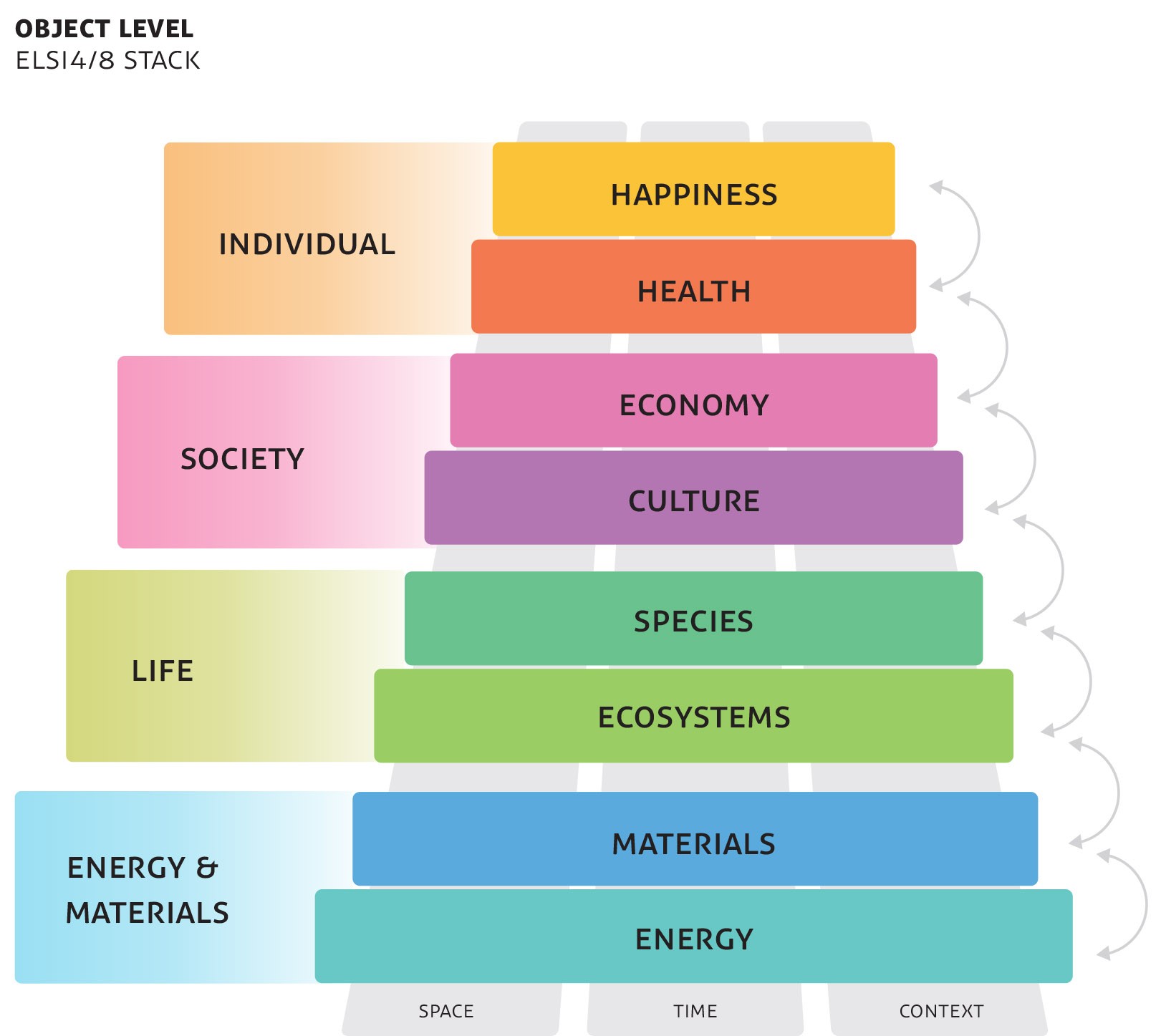
Integrated, systemic and multidisciplinary
Symbiosis in Development combines a range of previously disconnected fields of sustainability, including the circular and bio-based economy, industrial ecology, transition theory, resilience, iterative design, and social justice. As an overarching framework, it serves as a unifying language that allows interdisciplinary teams to collaborate more effectively.
SiD includes practical hands-on development processes and management tools. It encourages projects to be executed by diverse multidisciplinary teams comprised of analysts, creatives, and business experts, led by experienced project managers, and involving all relevant stakeholders.
Harnessing the insights from all these fields and players results in custom, inclusive, long-term solutions that work better across all dimensions for the long term. It also prevents unseen risks and systemic failure from slipping through the cracks.
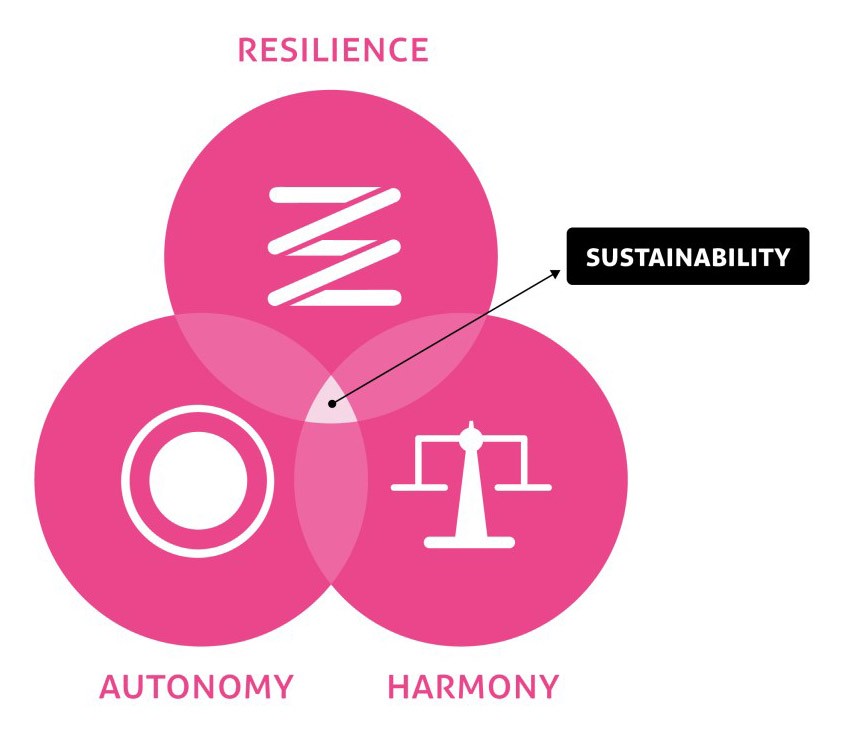
Open source and freely available
Our Symbiosis in Development documentation is entirely open-source and freely available. To achieve the systemic changes necessary for society to be truly sustainable, we need everybody - businesses, governments, communities, and individuals - to do their part and do it well. To accelerate this, we share our knowledge and tools in seminars, workshops, and publications, and have ensured all SiD materials are open-source using a Creative Commons license.

More SiD resources
Visit the central Symbiosis in Development website, ThinkSiD.org, for all documentation on SiD. Beyond this, we have the following resources:
- Read more: Symbiosis in Development knowledge article
- The Symbiosis in Development (SiD) complete omnibus book
- SiD workshops & training
- SiD online video courses
- See our Knowledge page for case studies and articles using SiD.
